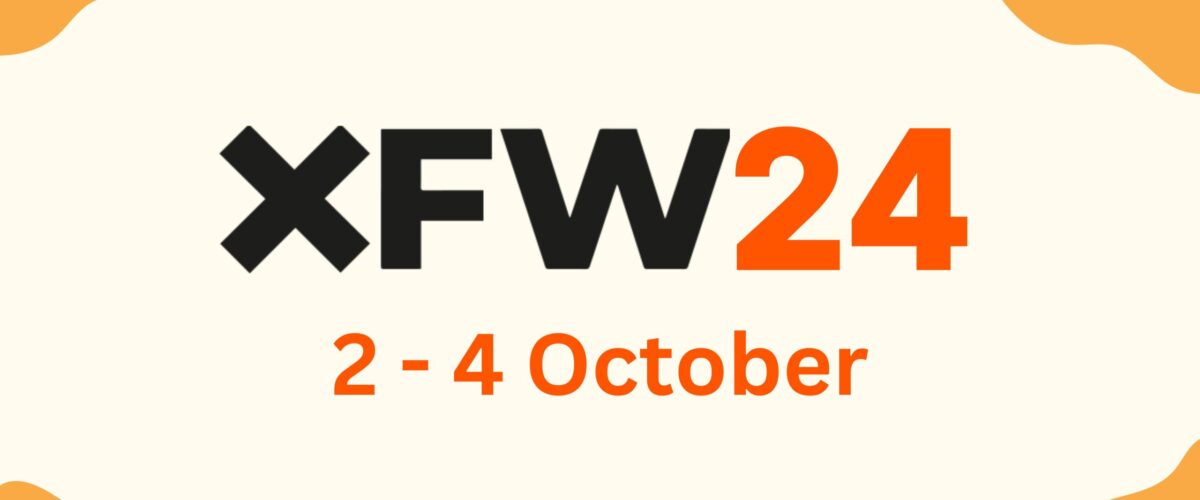Last week, we hosted a much-anticipated online discussion on the now and next of personal financial management tools: four digital transformation practitioners weighed in on why the first wave of PFM tools fell short of expectations and how PFM 2.0 could right this wrong. Here’s the full recording for your watching pleasure – and four expert takes on how to make digital money management apps work on both sides of the screen.
Get ready to compete for screen time
Open banking has set off a seismic shift in financial services, rapidly redrawing the competitive landscape. Today, all sorts of players are battling for customers’ screen time, whether they need help with budgeting, wealth management or trading in stocks and cryptocurrencies. The majority of millennials and Gen Zers have probably never used fewer than four different apps for money management. And in the Game of Screens, whose app is downloaded and used more will ultimately separate digital laggards from digital leaders.
Customers aren’t looking for complexity. All they want is their key financial information on one screen.JÓZSEF NYÍRI, VP OF BUSINESS DEVELOPMENT AT W.UP
What’s on those screens, of course, plays a key part in winning over customers. The reason why first-gen personal financial management tools failed, W.UP’s József Nyíri said, is that they simply hadn’t been designed to make people’s lives easier. It took a lot of time and manual input to set up and use them – in exchange for little to no value. “They weren’t automated or personalised – the two most important things any money management app should be. Customers aren’t looking for complexity. All they want is their key financial information on one screen.”


